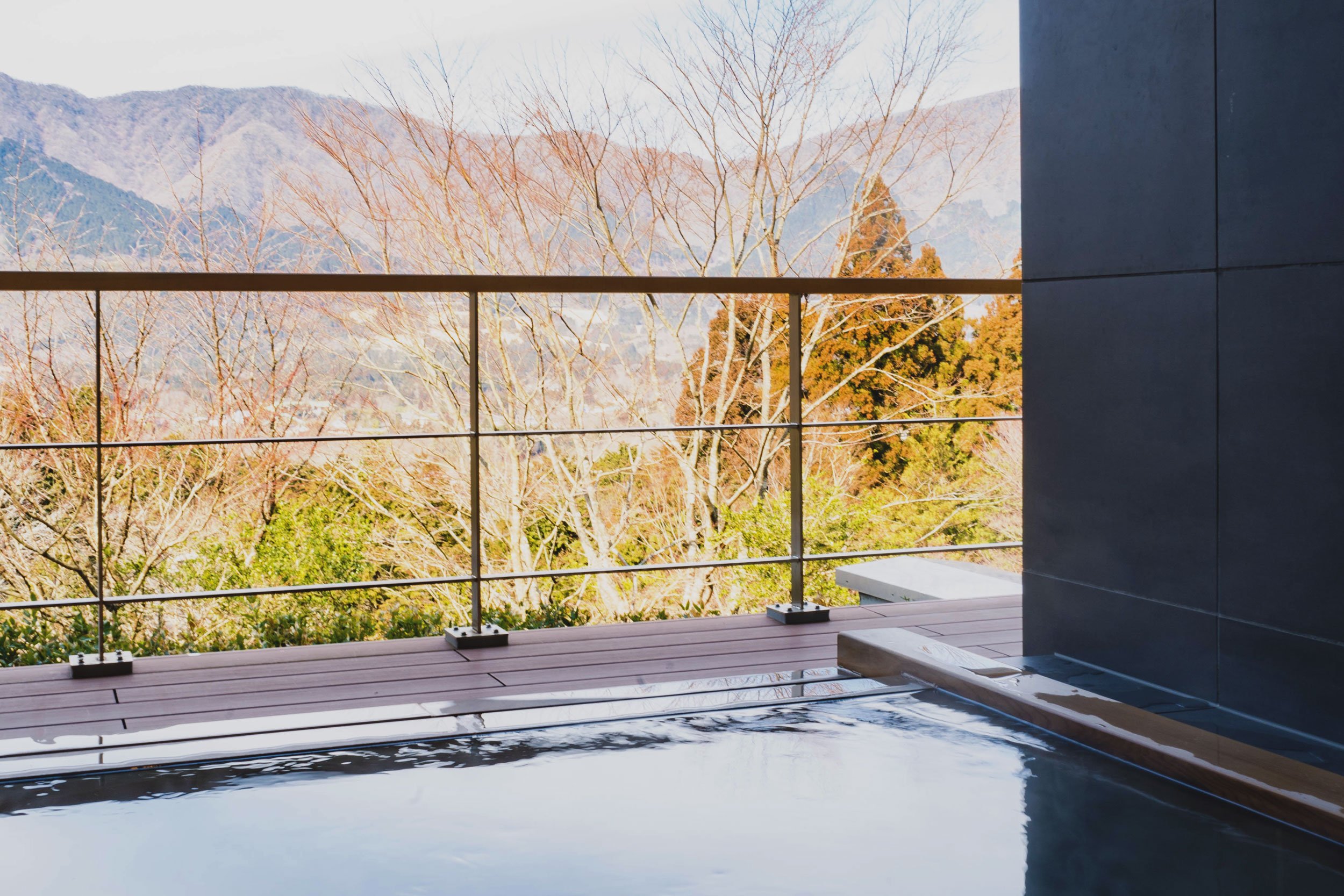Hakone: Hotel de Yama
A Hakone stay at Lake Ashi with at Hotel de Yama, overlooking the Hakone Azalea Fair.
Hakone: Hoshino Resorts KAI Sengokuhara
A peaceful Hakone getaway at the Hoshino Resorts KAI Sengokuhara, a luxurious boutique ryokan with private onsen hot spings.
Kamakura: A Day Trip from Tokyo
A day trip to a big Buddha statue and some historical sights in the seaside neighborhood.




